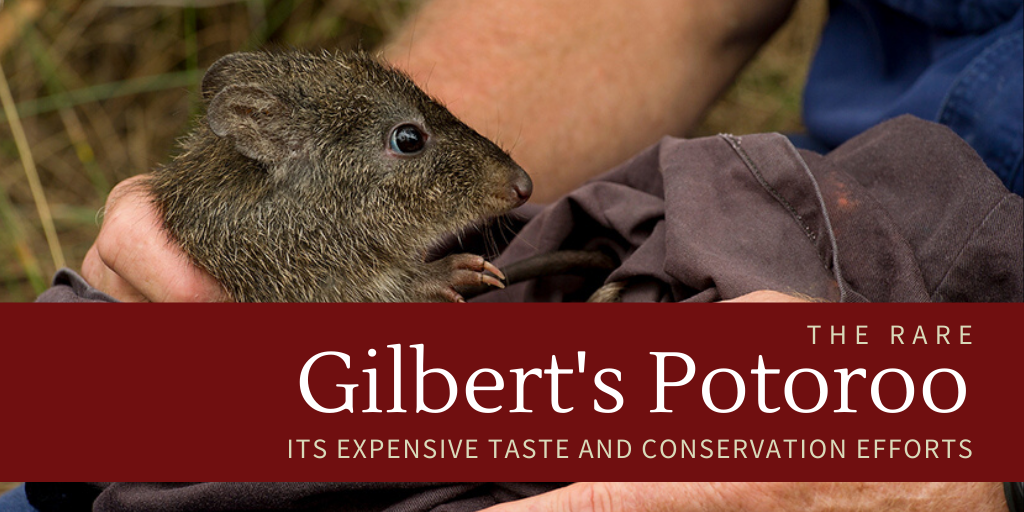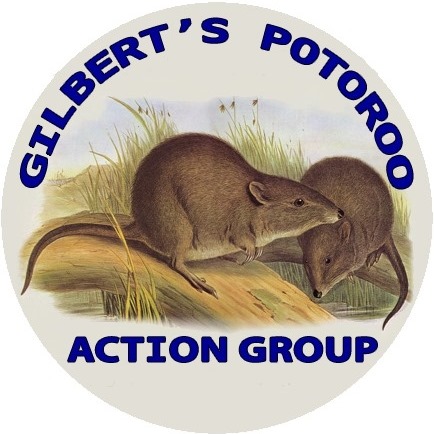The world’s rarest marsupial has expensive taste and was once considered extinct for a century. The Gilbert’s Potoroo (Potorous gilbertii) is a small elusive rat-kangaroo (Potoroidae) that was named after the English naturalist John Gilbert, who was the first to obtain specimens of the species from King Georges Sound (South-West Australia) (Friend 2007). The ground-dwelling nocturnal creature lives beneath dense bushes and shrubs, and rarely crosses large open areas making it hard to spot even when they are only found wild in a small area near Albany (Atlas of Living Australia 2020).
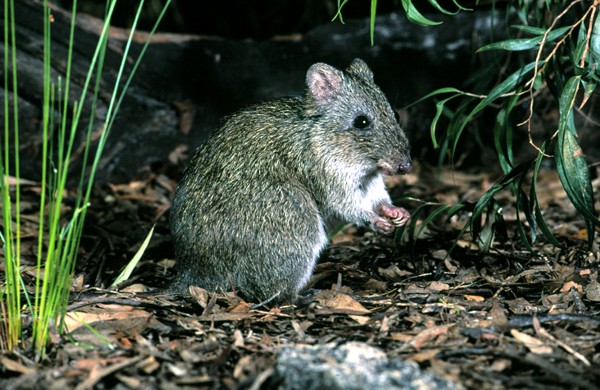
Potoroos hop around on their long hindfeet and use their strong forefeet, which have long curved claws, to forage and dig. The species resemble quendas, which are also found in their habitat, with dense soft grey-brown fur, lightly furred tail and round ears (Gilbert’s Potoroo Action Group 2016).
Diet of Fungi
The Gilbert’s Potoroo has expensive taste: truffles and other underground fungi! The technical term for the Gilbert’s Potoroo’s fungal diet is called Mycophagy. At night, Potoroos will dig up truffles that grow in the top 10cm of soil like bandicoots. While potoroos may eat some berries, fleshy seed pods and insects over 90% of their diet relies on underground fungi. The Potoroo is one of the world’s few fungi dependent mammals (Gilbert’s Potoroo Action Group 2016).
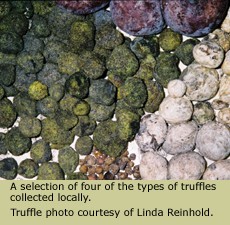
Biology and Behaviour
Gilbert’s Potoroos live in small colonies (approximately 3-8 individuals). In the wild, they can live to over seven years old and will breed at any time of the year (Department of Biodiversity, Conservation and Attractions WA 2020). Female potoroos can only carry one young at a time in their pouch, however, the species is also known to exhibit embryonic diapause. This means that a second embryo can be held in a state of diapause and will not develop until the first young has left the pouch (Atlas of Living Australia 2020). Young will stay within their maternal home range for 7-18 months before moving to another colony.
Critically Endangered
The Gilbert’s potoroo was once thought to inhabit a range of areas in Australia’s south-west from Albany to Margaret River. However, by the early 1990s, the species was considered to be extinct. It was not until a survey for quokkas was conducted in 1994, that the potoroo was rediscovered in Two Peoples Bay Nature Reserve near Albany (Department of Biodiversity, Conservation and Attractions WA 2020). Following its rediscovery, a number of specialised surveys were conducted between Bremer Bay and Margaret River in the hope of discovering other populations of the Gilbert’s Potoroo. Unfortunately, outside of Two Peoples Bay, no other populations have been found (Friend 2007).
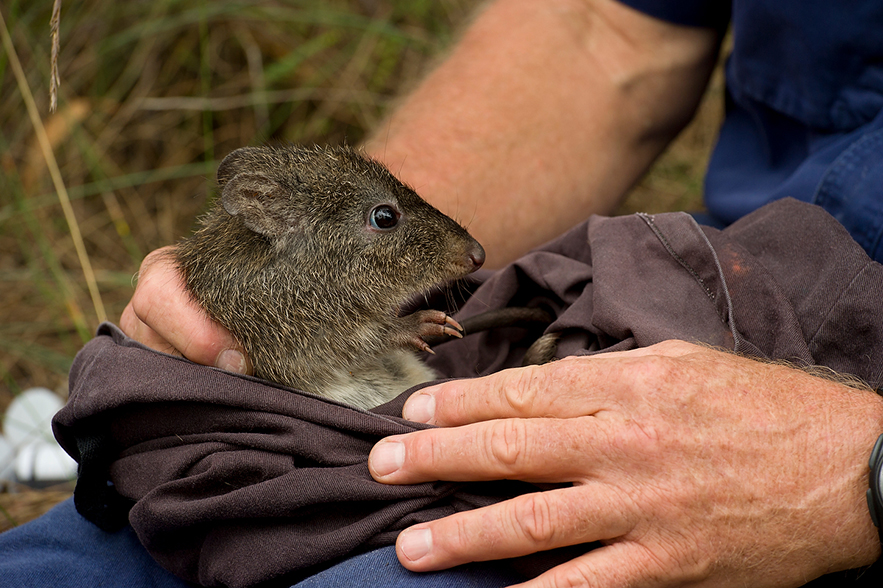
Gilbert’s Potoroo is now recognised as a critically endangered species under both the WA Bioversity Conservation Act 2016 and Environment Protection and Biodiversity Conservation Act 1999. It is estimated that there are less than 40 mature individuals remain in their natural range (International Union for Conservation of Nature and Natural Resources 2019). As a result of the lack of knowledge about the Gilbert’s Potoroo’s habitat & diet preferences, the impacts of genetic diversity and other behavioural matters it is too difficult to develop and implement effective conservation management strategies and breeding programs (Department of Biodiversity, Conservation and Attractions WA 2020).
Threats
A number of threats to the survival of the Gilbert’s Potoroo species have been identified including:
- Bushfires – Because the Gilbert’s Potoroo is isolated to a small region of long unburnt vegetation in Two Peoples Bay, fire poses a significant and potentially catastrophic risk to the species survival in the wild. In November 2015, a bushfire burnt through 1,200 hectares of Two Peoples Bay nature reserve killing a large proportion of the native population (Arnall 2015).
- Feral Predators – Like other small native mammals, potoroos are susceptible to being preyed on by feral cats and foxes.
- Loss of Genetic Diversity – Because of the small population of Gilbert’s Potoroos remaining, the species are at risk of loss of genetic diversity and more susceptible to diseases.
- Dieback – Dieback disease is believed to impact the availability of the Potoroo’s exclusive food source – ground fungi. Dieback alters the vegetation structure and destroys species that host the fungi.
(Jackie Courtenay 2004)
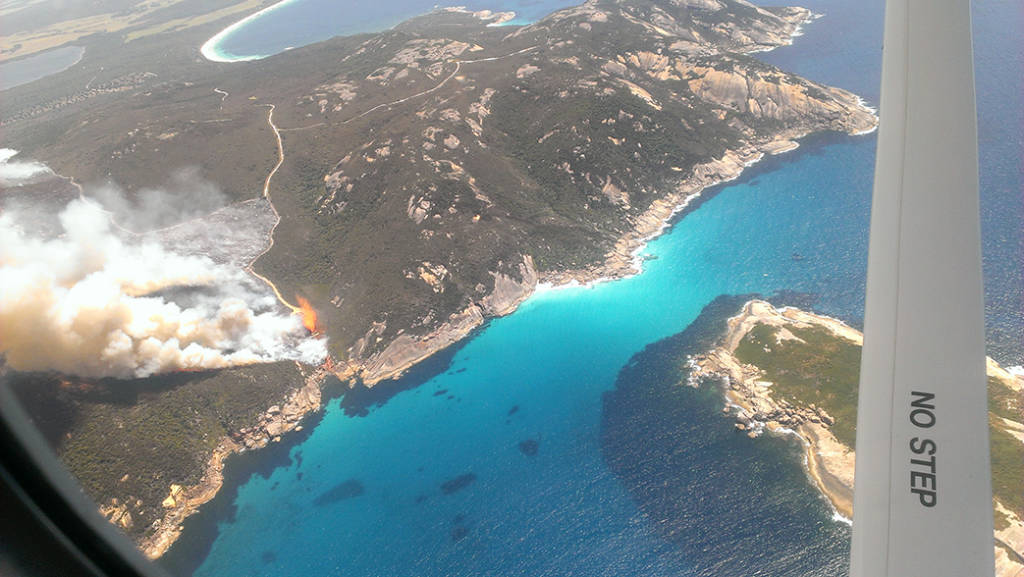
Source: Australian Geographic, courtesy of the Department of Parks and Wildlife
Conservation Actions
Recovery actions for the Gilbert’s Potoroo have been outlined in a recovery plan, and a recovery team led by the Department of Biodiversity, Conservation and Attractions was established in 1995 to support conservation efforts (Department of Biodiversity, Conservation and Attractions WA 2020). A not-for-profit community group, the Gilbert’s Potoroo Action Group, has also been established to share information about the species and support conservation efforts.
Not long after its rediscovery in Two Peoples Bay a number of Gilbert’s Potoroos were captured to establish a captive colony in the effort to promote breeding. However, the success of the captive colony only lasted a couple of years.
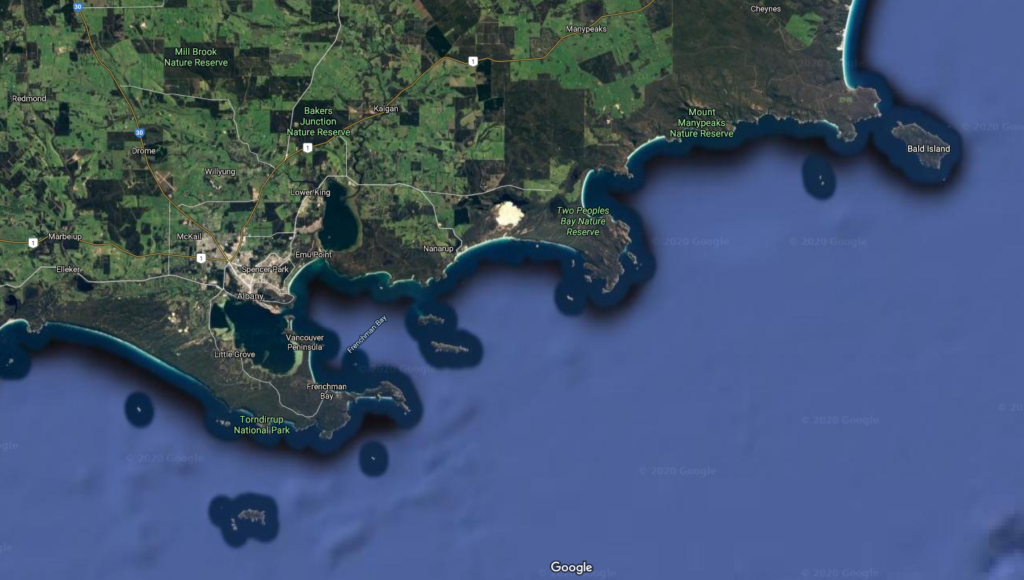
Captive colonies are no longer kept; however, the facilities used for the original breeding program are still in place for translocation and emergency purposes. Keeping the potoroos in captivity has proven unsustainable because of the difficulty associated with providing a diet of ground truffles for captive individuals which appears to be important for their health and breeding success (Arnall 2015). Instead, translocation efforts have been made to study the Gilbert’s Potoroo dietary preferences in new environments and whether future translocations could be successful.
A breeding colony has been established within a 380ha pest-free enclosure at Waychinicup National Park, home to a number of other threatened mammals. Unfortunately, while the enclosure keeps out feral cats and foxes, native carpet pythons have been found to be attracted to the area and are preying on the small mammals. While exposure to predation is important to prevent the species from becoming complacent, scientists are monitoring the predation issue in the enclosure and relocating some of the pythons if they were found to have eaten a potoroo (Arnall 2015).
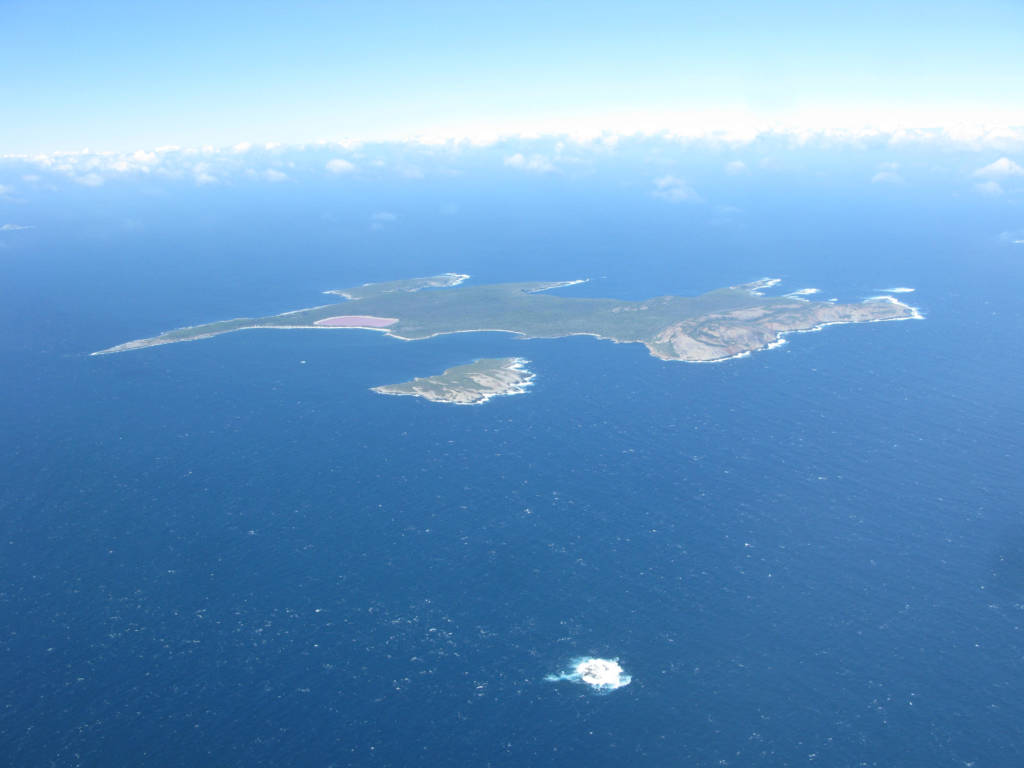
Since 2005, a few potoroos have been translocated to Bald island in the effort to establish a breeding colony that is free from predation (Atlas of Living Australia 2020). In 2016, another island off the coast of Cape Arid National Park, Middle Island, was chosen to establish another colony (Gilbert’s Potoroo Action Group 2019).
For more information on the
Gilbert’s Potoroo, or to support conservation efforts, please visit the Gilbert’s Potoroo Action Group
website.
References
Arnall, Karla. 2015. Pythons prey on Australia’s rarest marsupial in south coast nature reserve. December 8. Accessed February 21, 2020. https://www.abc.net.au/news/2015-12-08/pythons-prey-on-rarest-marsupial-in-south-coast-reserve/7010170.
Atlas of Living Australia. 2020. Potorous gilbertii: Gilbert’s Potoroo. Accessed February 17, 2020. https://bie.ala.org.au/species/urn:lsid:biodiversity.org.au:afd.taxon:4d8d03c2-8249-4b97-a0bf-d71be2aaf651#overview.
Department of Biodiversity, Conservation and Attractions WA. 2020. “Fauna Profile – Gilbert’s Potoroo.” Department of Biodiversity, Conservation and Attractions WA. Accessed February 14, 2020. https://www.dpaw.wa.gov.au/images/documents/plants-animals/animals/animal_profiles/gilberts_potoroo_fauna_profile.pdf.
Friend, Dr Tony. 2007. “Rescuing Gilbert’s potoroo, the world’s most endangered marsupial, with community help.” Australian Wildlife Rehabilitation Conference. Accessed February 20, 2020. https://www.awrc.org.au/uploads/5/8/6/6/5866843/friend_tony_potoroo.pdf.
Gilbert’s Potoroo Action Group. 2016. Gilbert’s Potoroo – Biology and Ecology. Accessed February 20, 2020. https://www.potoroo.org/ecology.html.
—. 2019. “Potoroo’s Postings Issue #2019/1.” Gilbert’s Potoroo Action Group. January. Accessed February 21, 2020. https://www.potoroo.org/newsletters/GPAG_Newsletter_Summer2019.pdf.
International Union for Conservation of Nature and Natural Resources. 2019. Gilbert’s Potoroo. Accessed February 20, 2020. https://www.iucnredlist.org/species/18107/21960726.
Jackie Courtenay, Tony Friend. 2004. “Gilbert’s Potoroo (Potorous gilbertii) recovery plan.” Department of Agriculture. Accessed February 21, 2020. http://www.environment.gov.au/system/files/resources/65f19909-be05-4409-834e-f37443fe5213/files/p-gilbertii.pdf.

